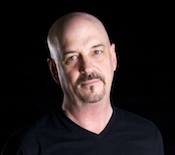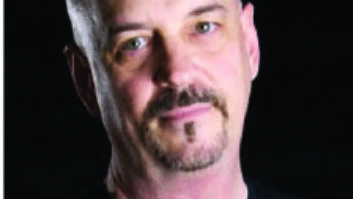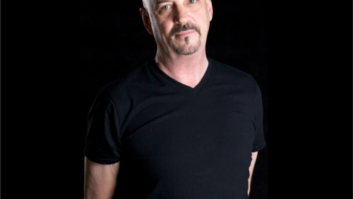
We all deal with timing every day. From hitting the stoplights on the way to work to setting a song tempo, making business decisions and even our choices when recording—things always seem to come out better if we get the timing right. I got a memorable lesson on tempo when I first started engineering. I was assisting engineer Brad Gilderman on the Babyface record The Cool In You. Producer/artists Antonio M. “L.A.” Reid and Kenneth “Babyface” Edmonds were personable, showed up on time, had great talent and attitude, and were a joy to work with. We were doing overdubs, including layered background vocals that we’d assemble on the out chorus then fly to the other choruses from one 24-track to another using SMPTE offsets in a synchronizer (remember that?).
On one session, L.A. and Kenny listened back to what I thought sounded like a finished master of the song “Rock Bottom.” It sounded fantastic, and you could tell they’d put a lot of work into it. At the end of playback they looked at each other and said, “Nope, it’s too fast. We’ve got to go back and recut it.” This blew me away because it was awesome—but not to their ears. I rethought everything I believed about production after that. Just because something sounds done doesn’t mean it is. And when a song’s tempo is not right, it’s a good reason to try it again.
I just got back from a mind-blowing trip to Denmark where I visited DPA Microphones’ factory and HQ, and the Danish Radio production facility. At this time in their development, DPA, who more than 20 years ago positioned its line around medium- and large-capsule microphones, is now getting 80 percent of its revenue from miniature mics. These are tiny transducers, which can be body worn or found in their newer microphones like the 2000 Series capsules.
Why is the timing right for DPA to bank on this miniature transducer? Like the rest of the audio business, growth is in live performance. People buy music from bands they see live or on video, not the opposite. DPA’s miniature headsets and lavaliers are big in theater and live performance (e.g., Andrew Lloyd Weber’s productions use only DPA microphones, as does Meyer Sound’s Constellation system.) Unlike DPA’s 90mm capsules, the minis carry a replaceability component. There’s no planned obsolescence here—they are robust in design and are tested many times before the user opens the box. But in theater and live events, users are wearing them out, then replenishing stock. Wrigley built an empire on the same principle, and it works here, too.
On a corollary visit to Danish Radio, I had the opportunity to tour the facility, including their fabulous concert hall and associated control room. Everything was top of the line, with an SSL C200 console, B&W monitors, plenty of outboard gear and much more. Here we heard engineer Mikkel Nymand’s mixes recorded to Merging Technologies Pyramix through DAD converters and preamps. Before he hits the record button, a big part of Mikkel’s setup is to time align his microphones to the main stereo pair. The sessions we heard had more than 30 tracks represented by local, overhead and room stereo pairs, and Decca Tree placements.
To make the time adjustments so each part of the orchestra is aligned to the listener, he either records a clicker (the kind you use to train your dog) to all mics, from the position of each spot mic, or uses a Bosch laser range finder to measure the distance of each mic in relation to the main pair. He excludes the room mics because their timing is critical to getting the performance to sound like it’s inside the hall. Once Mikkel gets the range of each spot mic, he plugs he delay times into his digital signal chain so everything is spot-on to the main pair. The results are stunning. We heard two pieces he recorded, one at the DR space and another of the New York Philharmonic recorded at Avery Fisher Hall, both in surround. It’s all live except a bit of artificial ambience provided by TC S6000 and Lexicon reverbs. The overall picture is beautiful.
Another critical part of Mikkel’s setup are his converters. He uses the DAD AX-24 preamp/converters, which are capable of recording all common sample rates on up to Digital eXtreme Definition (352.8 kHz/24-bits). Although he records at 48 kHz for broadcast, he has done many recordings at 352.8 kHz and was able to play it back for us on a great-sounding system. DAD’s converters can down-convert on the fly so we were able to hear a 5.1 recording from DXD down to MP3 with a few stops along the way. The quality difference, especially down from DXD to 44.1, is beyond tangible. The detail of the room cues is what makes it—the space sounds more real at the higher sampling rates. And MP3? Fuhgeddaboudit. Mikkel also commented on the precision of edits, which of course is contingent on timing. Pyramix’s mix engine maintains a very precise time-domain image of the audio signals and particularly of its transients, while the Hepta SRC (Sampling Rate Converter) assures excellent down sampling.
So even though the phrase “timing is everything” has been worn out by familiarity, it still stands up in audio. Whether you’re talking about song tempo, conversion rates, product releases or mic setup, it’s about time.


